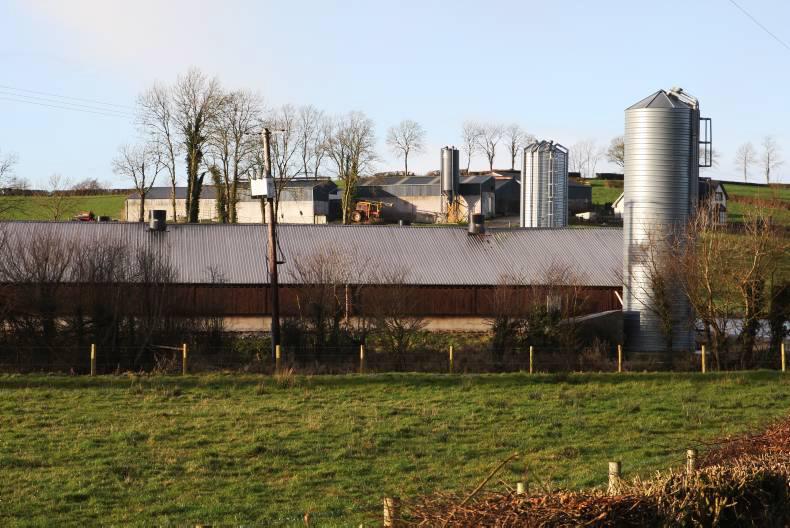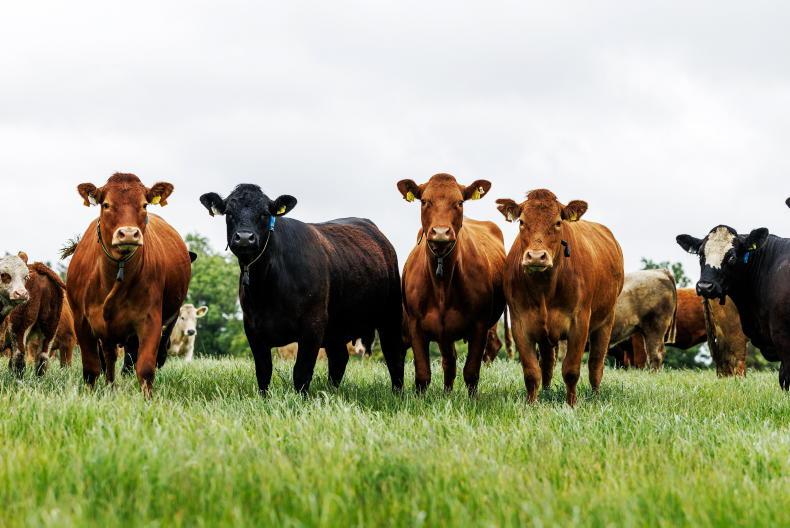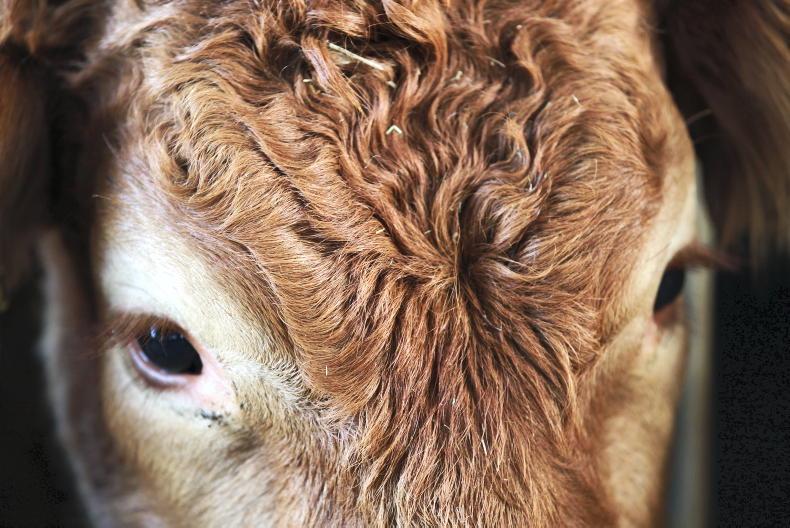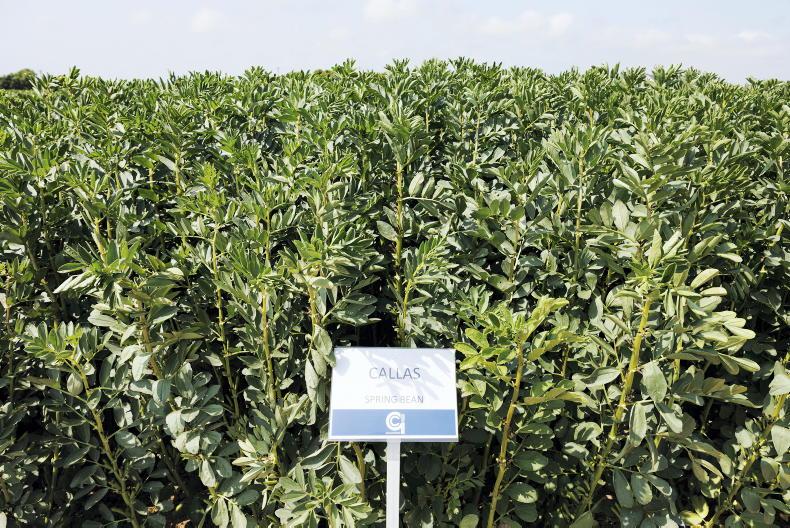The joint co-operative issue was raised at the North-South meeting between both departments which took place in Armagh on 20 January.
Both the Department of Agriculture (DAFM) and the Department of Agriculture and Rural Development Northern Ireland (DARDNI) will shortly issue the tender for CO2 gas to be supplied and delivered on demand and at short notice to an enclosed poultry house for the purposes of culling poultry in the event of an avian flu (bird flu) outbreak on any part of the island.
According to the DAFM, the tender is a follow-on renewal of a pre-existing arrangement with Yara Ltd and its purpose is to ensure the island has a guaranteed of supply of CO2 if required.
CO2 gassing exercise
In 2006 the DAFM carried out a CO2 gassing experiment as part of a contingency plan for an avian influenza outbreak in Ireland. The exercise took place in a house containing 12,000 broiler breeders. According to the DAFM’s report on the gassing, the method was 100% effective, with the gas taking about 40 minutes to cull all birds in all areas of the house.
It reduces to a minimum the number of people in contact with live infected birds. Consequently it should be the method of choice for culling large commercial poultry flocks in a disease emergency
The report concluded that whole-house gassing with liquid CO2 is “an effective, resource-efficient, rapid, welfare-friendly method of euthanasing large numbers of poultry. It has the additional biosecurity benefits of keeping the birds and virus confined inside the house during the operation. Finally, and most importantly, it reduces to a minimum the number of people in contact with live infected birds. Consequently it should be the method of choice for culling large commercial poultry flocks in a disease emergency.”
The DAFM has the procedure of culling in place in case of confirmation of any of the three various strains of bird flu, the low-pathogenic type, the highly-pathogenic type and the most severe H5N1 type that first came into public awareness when it infected humans in 1997 during a poultry outbreak in Hong Kong.
In addition, a restricted zone of up to 10km is put in place around the infected area in the case of the highly-pathogenic strain, while a restricted zone of over 10km is put in place in case the H5N1 strain is confirmed.
Avian flu in Ireland and across Europe
The last case of avian flu in Ireland was identified in 2012 when a mild form of the highly pathogenic H5 strain was detected in pheasants on a premises near Clonakilty in Co Cork.
Other European countries have suffered more recent and severe scares, notably the UK, where 40,000 birds were culled in Scotland earlier this year. The mass cull got under way on a farm in south Scotland after very mild strain of the H5N1 virus was identified on a farm.
Scotland’s chief veterinary officer Sheila Voas reassured the public that this strain of H5N1 is “quite distinct from the highly-pathogenic form of H5N1 that has caused significant problems over the past decade or so around the world”.
France witnessed an even more severe case of avian flu in the past year. In November 2015, French authorities detected a case of the H5N1 virus on a poultry farm in the Dordogne region of the country. Tests carried out after a high number of deaths among the farm’s birds found that they were suffering from the highly-pathogenic H5N1 strain. According to French media reports, this was the first such case in the country since 2007.










SHARING OPTIONS